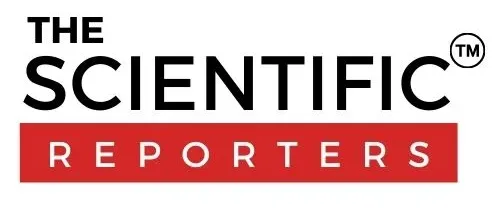In the world of science communication, the ability to convey complex ideas and findings to a diverse audience is crucial. Whether you’re a scientist looking to share your research with the public, a science enthusiast wanting to bridge the gap between experts and laypeople, or a student aspiring to enter the field, having a well-crafted portfolio can be the key to success. In this article, we’ll explore the importance of a portfolio in transitioning into science communication and provide some links to exemplary science communication portfolios for inspiration.
Why Science Communication?
Science communication plays a vital role in making science accessible and engaging to a broader audience. It bridges the gap between scientists and the public, enabling effective dissemination of scientific knowledge. Whether you aim to write popular science articles, create educational videos, host podcasts, or engage in public speaking, a strong portfolio is the foundation of your success.
Importance of Portfolio for Science Communication:
- Showcasing Your Skills and Expertise:
A science communication portfolio is like a visual and written resume of your work. It demonstrates your ability to translate complex scientific concepts into understandable and engaging content. A well-organized portfolio can showcase your writing, speaking, video production, graphic design, or any other relevant skills. Potential employers, collaborators, or clients can review your portfolio to gauge your suitability for a project or position.
- Building Credibility and Trust:
In the realm of science communication, trust is paramount. A carefully curated portfolio establishes your authority and credibility in the field. When your audience or collaborators see a history of well-researched and accurate content, they are more likely to trust your work. This trust can lead to increased opportunities, such as guest speaking at events, writing for prestigious publications, or consulting on science-related projects.
- Tailoring to Your Goals:
A well-constructed portfolio can be customized to match your career goals. For instance, if you aspire to work as a science journalist, your portfolio can highlight your best articles. If you want to focus on video production, you can feature your most captivating science videos. By showcasing the type of content you are passionate about, you’re more likely to attract opportunities in that specific niche.
- Networking and Collaboration:
Your portfolio serves as a conversation starter. When you meet other professionals in the field, sharing your portfolio can help you find potential collaborators or even mentors. It also makes it easier for others to refer you to opportunities or recommend your work to their network.
- Tracking Your Progress:
As you continue to develop your science communication skills, your portfolio becomes a record of your growth and evolution. It’s a valuable resource for personal reflection and improvement, as it allows you to identify areas where you’ve excelled and areas where you can further enhance your skills.
Exemplary Science Communication Portfolios
To inspire and guide you in creating your science communication portfolio, here are a few examples of portfolios worth exploring:
- Samantha Yammine (Twitter: @SamanthaZY): Samantha is a neuroscientist and science communicator with a strong online presence. Her website showcases her diverse content, from articles to videos and her speaking engagements.
- Ed Yong (Twitter: @edyong209): Ed Yong is an award-winning science journalist whose portfolio features his written work, speaking engagements, and information about his books.
- Fraser Cain (Twitter: @fcain): Fraser is an astronomer and founder of Universe Today. His portfolio includes articles, podcasts, and videos, providing a comprehensive view of his science communication efforts.
- Dr. Joe Hanson (Twitter: @jtotheizzoe): Joe is a biologist and the creator of the YouTube series “It’s Okay To Be Smart.” His website features his videos, articles, and educational resources.
Creating your portfolio is a dynamic and ongoing process. It should be a reflection of your unique style, interests, and expertise, so don’t be afraid to experiment and update it regularly.
Conclusion
In the field of science communication, a portfolio is your passport to success. It not only showcases your skills but also allows you to build credibility, network with others in the field, and track your growth. By creating a strong and dynamic portfolio, you can effectively transition into science communication and help make science more accessible and engaging for everyone. Remember to tailor your portfolio to your specific goals and continue to refine and update it as you progress in your science communication journey.






















